- Have any questions?
- +380 (50) 50 73 903
- uapothecary.pharmacy@gmail.com
Paracetamol Darnitsa tablets 500 mg blister 10 pcs.
$11.09
Paracetamol Darnytsia 500 mg tablets provide fast and effective relief from pain and fever. Each tablet contains 500 mg of paracetamol, a well-known analgesic and antipyretic that works by reducing the body’s temperature and relieving mild to moderate pain. It is commonly used to treat headaches, toothaches, muscle aches, menstrual cramps, and symptoms of the common cold or flu.
Paracetamol Darnitsa is an analgesic and antipyretic.
Indications for use
Headache, including migraine and tension headaches, toothache, backache, rheumatic pain, muscle pain, period pain in women, moderate arthritis pain; relief of fever and pain symptoms of colds and flu.
Composition
- active ingredient: paracetamol;
- 1 tablet contains paracetamol 500 mg;
- Excipients: pregelatinized starch, povidone, microcrystalline cellulose, croscarmellose sodium, calcium stearate.
Contraindication
Hypersensitivity to the components of the drug, severe liver and/or kidney dysfunction, congenital hyperbilirubinemia, glucose-6-phosphate dehydrogenase deficiency, alcoholism, blood diseases, Gilbert’s syndrome, severe anemia, leukopenia.
Adverse reactions
Respiratory system: bronchospasm in patients sensitive to acetylsalicylic acid and other nonsteroidal anti-inflammatory drugs.
Gastrointestinal: nausea, epigastric pain.
From the liver and biliary tract: impaired liver function, increased activity of liver enzymes, usually without the development of jaundice.
On the part of the endocrine system: hypoglycemia, up to hypoglycemic coma.
From the blood and lymphatic system: thrombocytopenia, agranulocytosis, anemia, sulfhemoglobinemia and methemoglobinemia (cyanosis, shortness of breath, heart pain), hemolytic anemia, bruising or bleeding.
On the part of the immune system: anaphylaxis, hypersensitivity reactions, including skin itching, rash on the skin and mucous membranes (usually generalized rash, erythematous rash, urticaria), angioedema, erythema multiforme exudative (including Stevens-Johnson syndrome), toxic epidermal necrolysis (Lyell’s syndrome).
Method of application
The medicine is intended for oral administration.
Adults and children over 12 years of age: 1-2 tablets 4 times daily as needed. Do not take more than 8 tablets (4000 mg) in 24 hours.
Children (6-12 years): ½-1 tablet 3-4 times a day if necessary.
A single dose of paracetamol is 10-15 mg/kg body weight, the maximum daily dose is 60 mg/kg body weight. Do not take more than 4 doses within 24 hours.
The maximum period of use for children without consulting a doctor is 3 days.
The interval between doses is at least 4 hours.
Do not exceed the recommended dose.
Do not take with other medicines containing paracetamol.
Application features
Use during pregnancy or breastfeeding
Pregnancy. The drug can be prescribed during these periods only if the expected benefit to the mother outweighs the potential risk to the fetus or child.
Breastfeeding: Paracetamol is excreted in breast milk, but in clinically insignificant amounts. Available published data do not indicate a contraindication to breastfeeding.
Children
Do not use in children under 6 years of age.
Ability to influence reaction speed when driving vehicles or other mechanisms
No effect.
Overdose
Paracetamol overdose can cause liver failure, which can lead to the need for liver transplantation or death. Clinical signs of liver damage after paracetamol overdose usually appear 24–48 hours after the overdose and reach a maximum after 4–6 days.
There is an increased risk of paracetamol poisoning, particularly in elderly patients, children, patients with liver disease, chronic alcoholism, and chronic malnutrition.
Liver damage is possible in adults who have taken 10 g or more of paracetamol, and in children who have taken more than 150 mg/kg of body weight. In patients with risk factors (long-term use of carbamazepine, phenobarbitone, phenytoin, primidone, rifampicin, St. John’s wort or other drugs that induce liver enzymes; alcohol abuse; insufficiency of the glutathione system, for example: digestive disorders, cystic fibrosis, HIV infection, starvation, cachexia) taking 5 g or more of paracetamol can lead to liver damage.
Treatment: In case of overdose, immediate medical attention is required. The patient should be taken to hospital immediately, even if there are no early symptoms of overdose, as liver damage may not develop immediately. Symptoms may be limited to nausea and vomiting and may not reflect the severity of the overdose or the risk of organ damage. Treatment with activated charcoal should be considered if an overdose of paracetamol has been taken within 1 hour. The concentration of paracetamol in the blood plasma should be measured 4 hours or later after ingestion (earlier concentrations are unreliable). Treatment with N-acetylcysteine can be used within 24 hours of paracetamol ingestion, but the maximum protective effect is obtained when it is used within 8 hours of ingestion. The effectiveness of the antidote decreases sharply after this time. If necessary, the patient should be given N-acetylcysteine intravenously according to current recommendations. In the absence of vomiting, oral methionine can be used as a suitable alternative in remote areas outside the hospital.
Symptomatic treatment is also necessary.
Interaction with other medicinal products and other types of interactions
The rate of absorption of paracetamol may be increased by metoclopramide and domperidone and decreased by cholestyramine.
Paracetamol should be taken 1 hour before or 4-6 hours after taking cholestyramine.
The anticoagulant effect of warfarin and other coumarins with an increased risk of bleeding may be enhanced by concomitant long-term use of paracetamol. Intermittent use has no significant effect.
Barbiturates reduce the antipyretic effect of paracetamol.
Anticonvulsants (including phenytoin, barbiturates, carbamazepine), which stimulate the activity of liver microsomal enzymes, may enhance the toxic effect of paracetamol on the liver due to an increase in the degree of conversion of the drug to hepatotoxic metabolites. With the simultaneous use of paracetamol with hepatotoxic drugs, the toxic effect of the drugs on the liver increases. The simultaneous use of large doses of paracetamol with isoniazid increases the risk of developing hepatotoxic syndrome.
Probenecid halves the clearance of paracetamol by blocking its binding to glucuronic acid, therefore, in case of combination therapy with probenecid, the dose of paracetamol should be reduced.
Paracetamol should be used with caution with chloramphenicol due to the prolongation of the half-life and increased toxicity of the latter.
Caution should be exercised when using paracetamol with flucloxacillin, as concomitant administration has been associated with high anion gap metabolic acidosis, especially in patients with risk factors.
Paracetamol reduces the effectiveness of diuretics.
Do not use simultaneously with alcohol.
Storage conditions
Store in the original packaging at a temperature not exceeding 25 °C.
Keep out of reach of children.

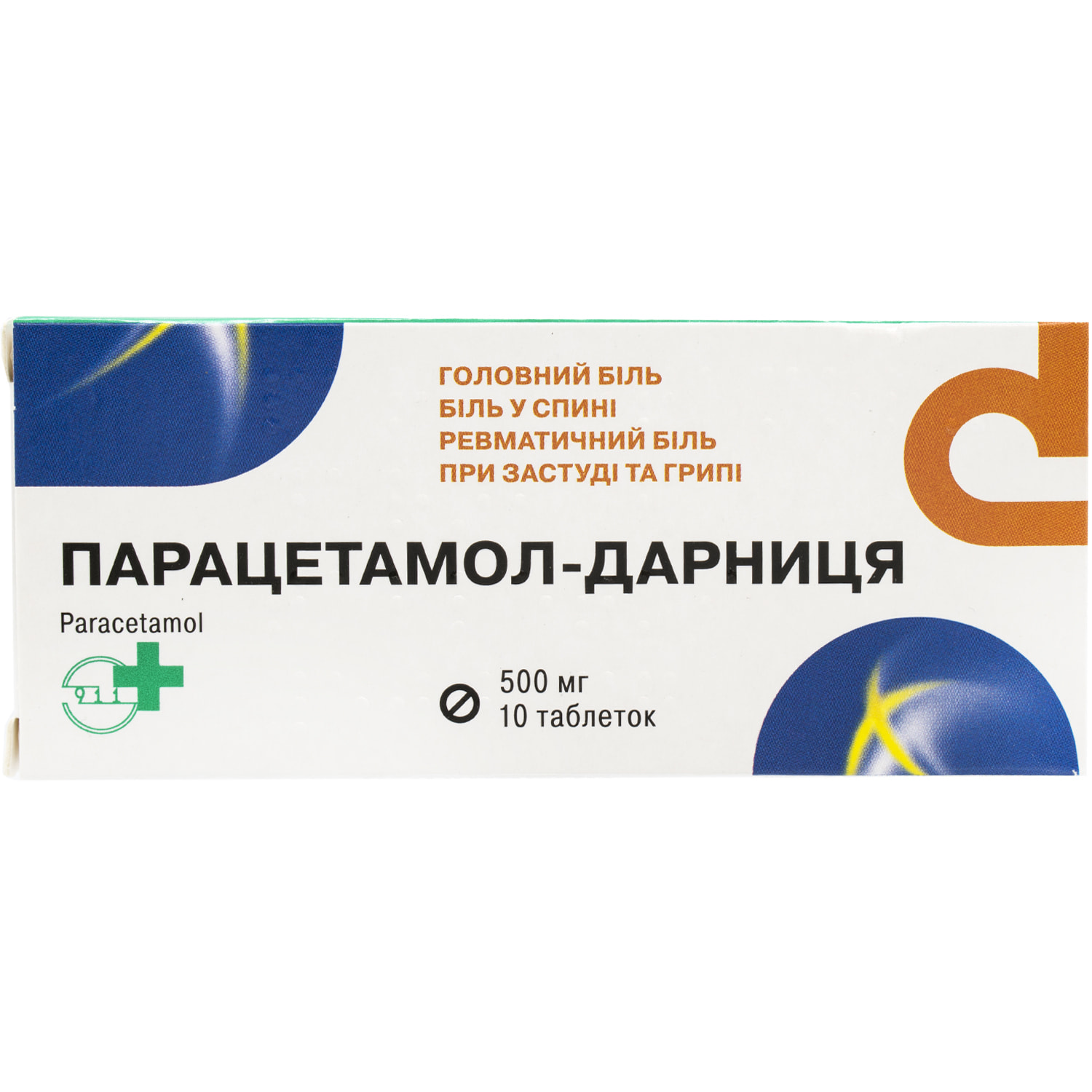
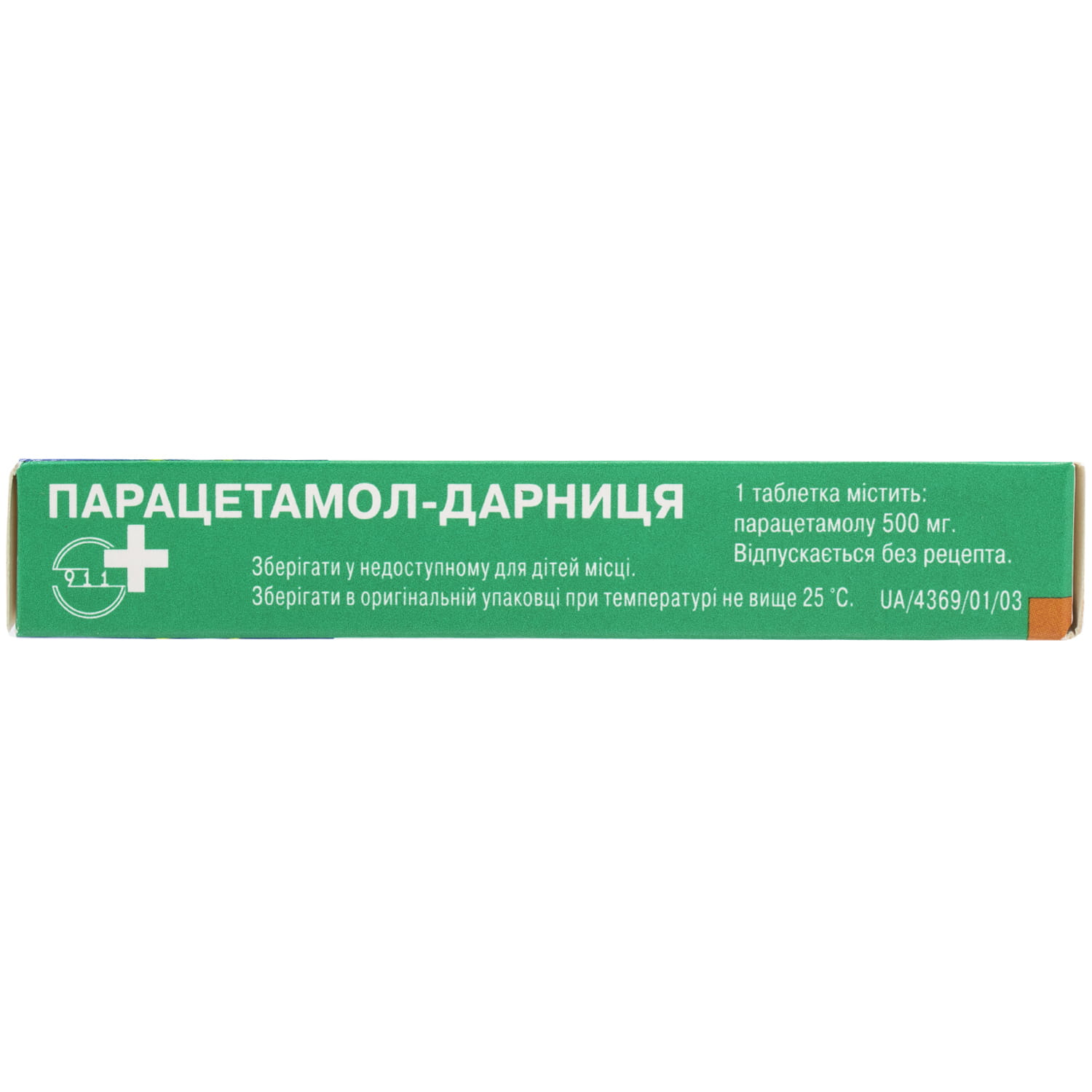
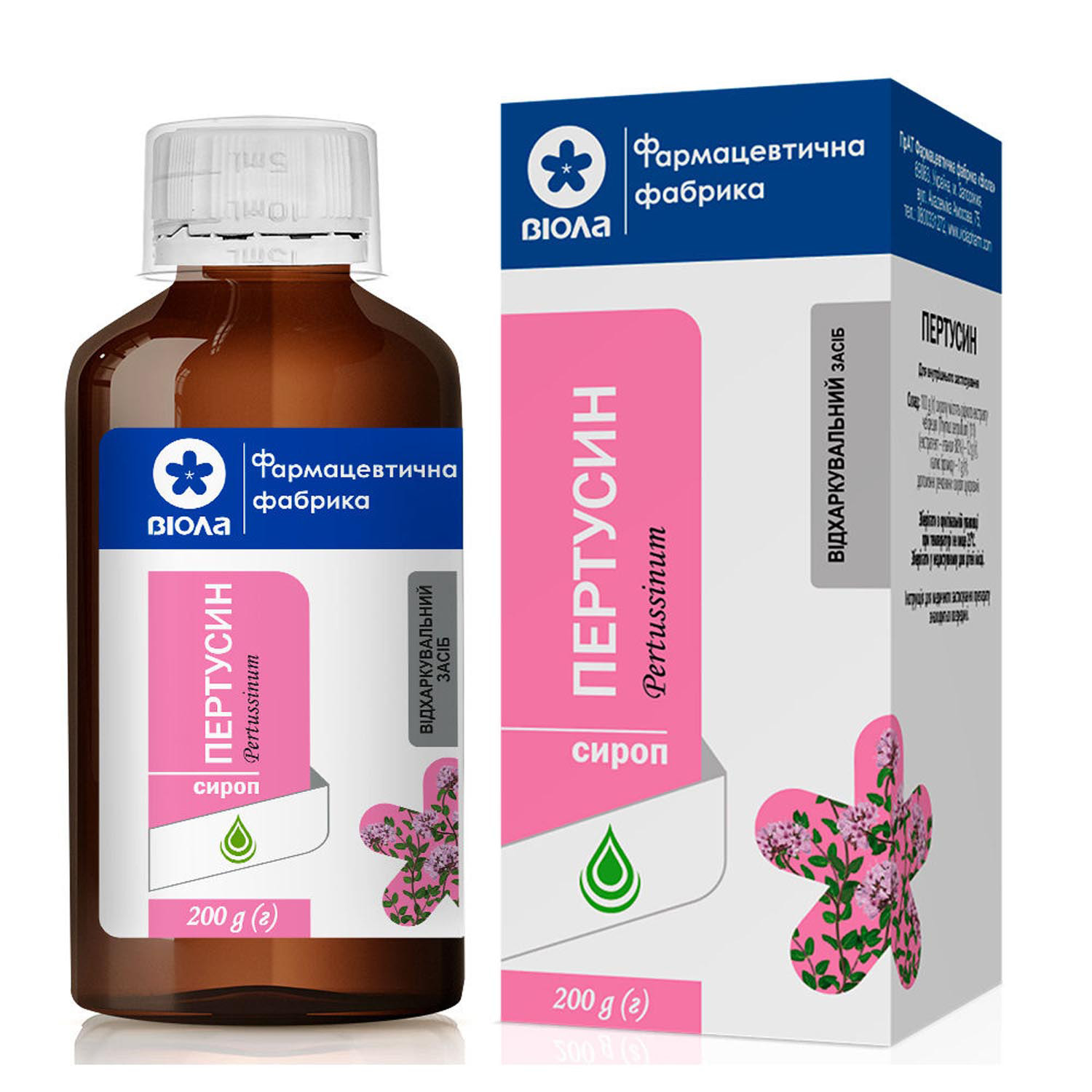
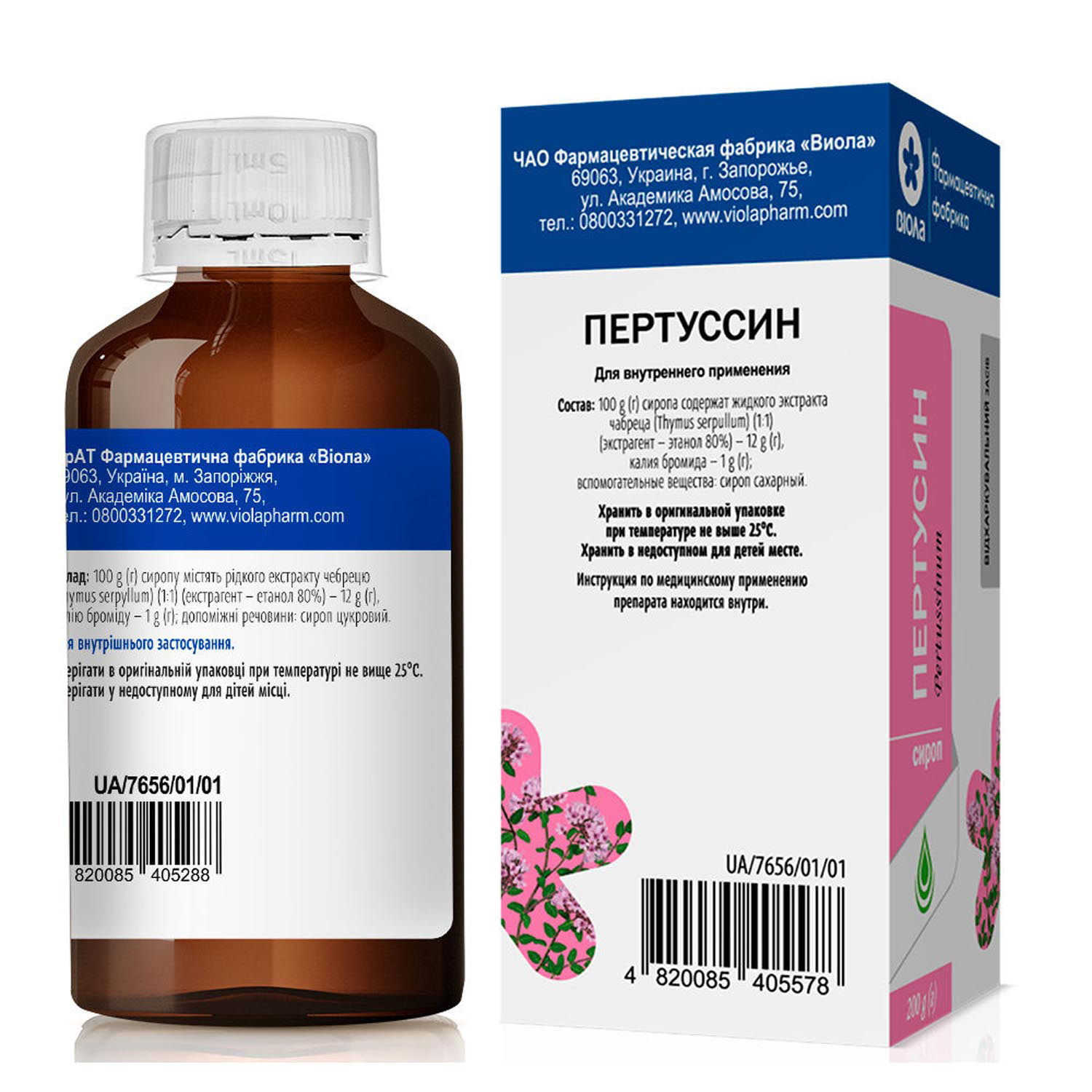
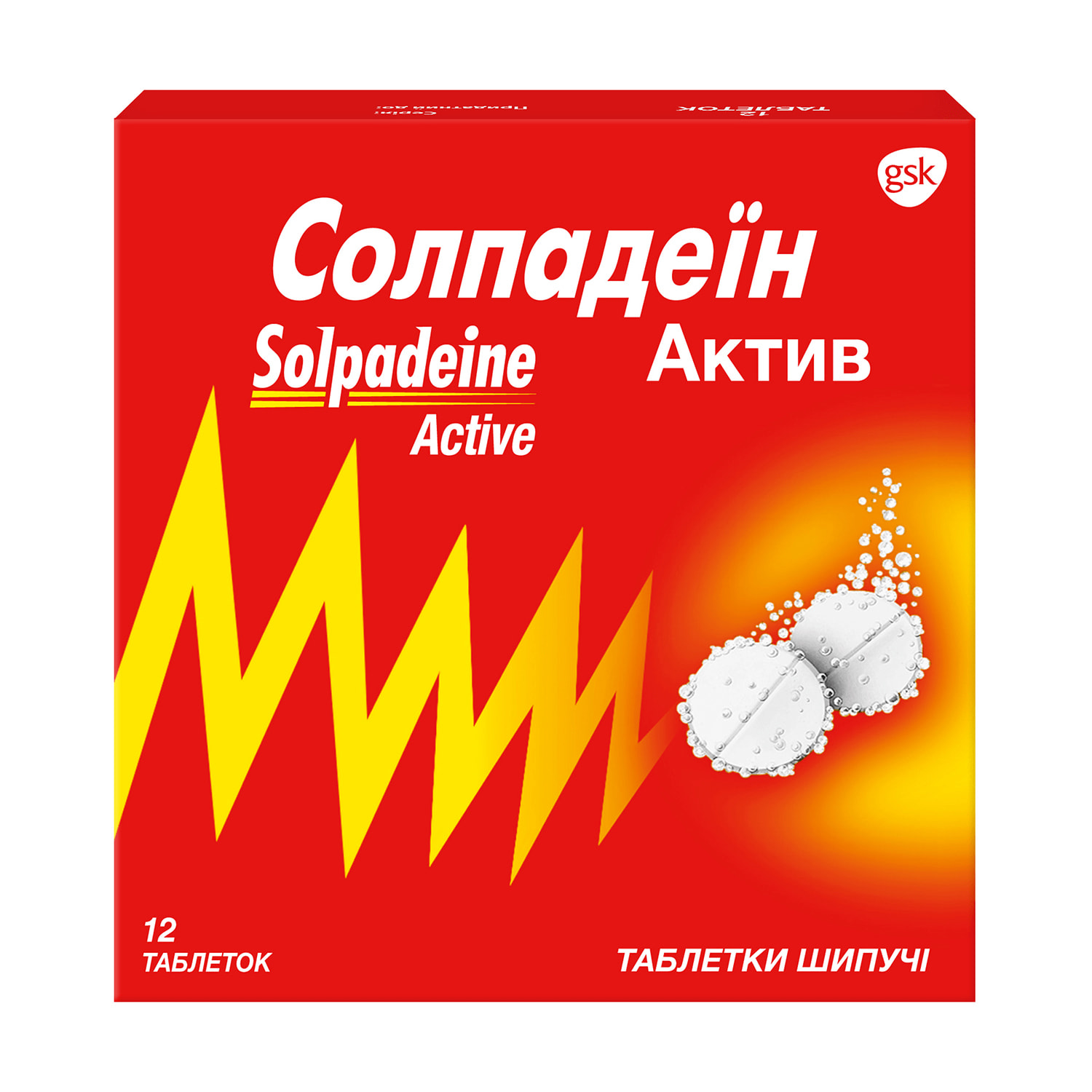
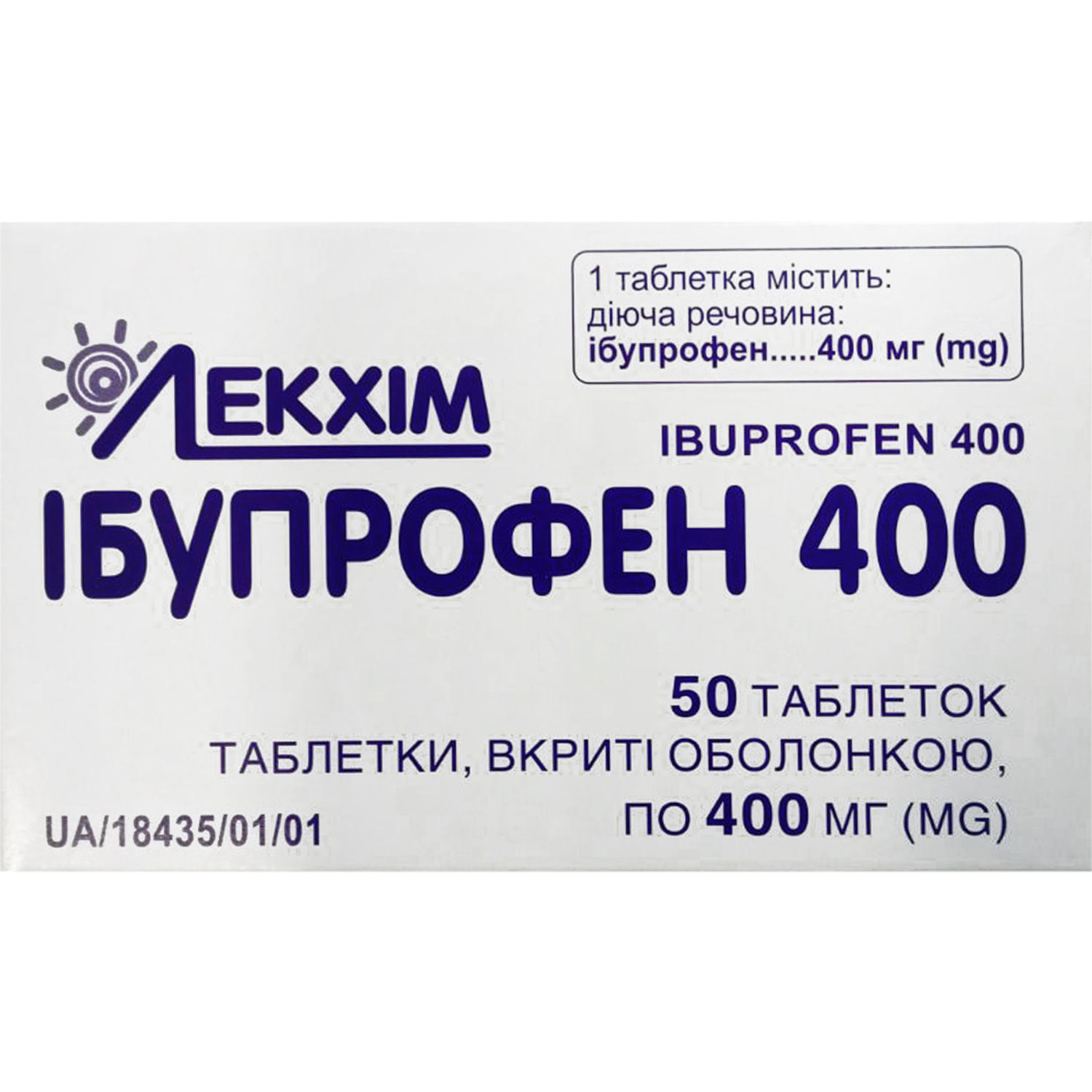
Reviews
There are no reviews yet.